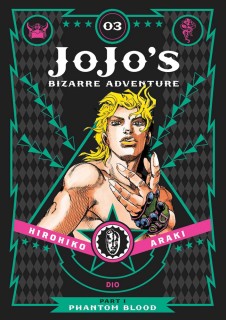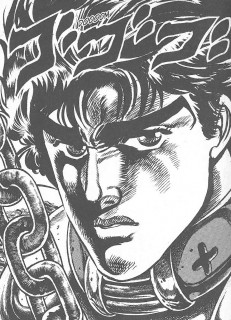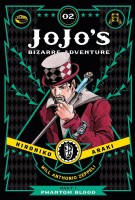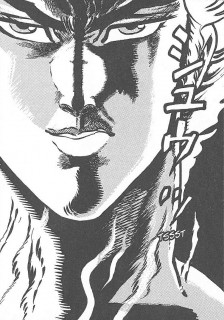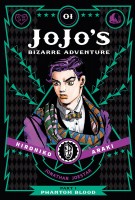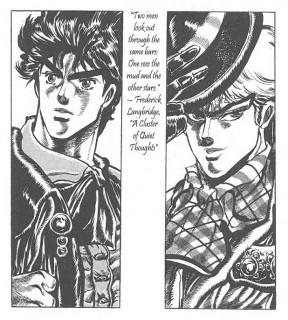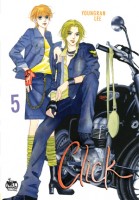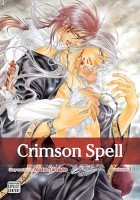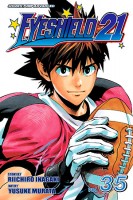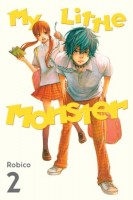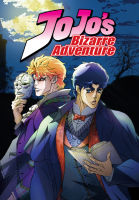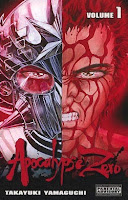Part manifesto, part how-to manual, Hirohiko Araki’s Manga in Theory and Practice: The Craft of Creating Manga is as idiosyncratic as the series that made him a household name in Japan. Araki characterizes his book as both a map, guiding the aspiring artist along the “golden way” of manga, and a tool kit for developing one’s storytelling chops. “If you were to go hiking on an unfamiliar mountain, you’d bring a map, right?” he states. “If you also have with you a foundation of mountaineering skill, you could wander onto side paths and discover unexpected scenery, and if you were to come across any dangers, you could find your way around them and still reach the summit” (12-13).
Araki’s own map to the summit was Hitchcock/Truffaut. First published in 1967, the book traced Hitchcock’s journey from title boy at Paramount’s Famous Players to director of Rear Window, analyzed Hitchcock’s signature techniques, and considered Hitchcock’s contributions to the development of film. It’s not hard to imagine why Truffaut and Hitchcock’s words beguiled Araki; they provided Araki practical tips for creating memorable characters and surprising plot twists while reassuring him that a popular medium like film or comics could, in fact, be a high art form.
That fancy pedigree helps explain what differentiates Manga in Theory and Practice from hundreds of other books aimed at the manga novice. Instead of tutorials on choosing pen nibs or drawing “manga” eyes, Araki offers a chatty, first-person treatise on writing a hit series, explaining the techniques he uses to sustain to a long-form story with examples from his favorite movies, manga, and novels. Araki also uses his own manga to illustrate how his ideas work in practice, narrating scenes from JoJo’s Bizarre Adventure, Poker Under Arms, and Cool Shock B.T. By choosing material from every stage of his career, he allows the reader to appreciate just how much his own style has evolved through years of study, practice, and editorial critique — a valuable example for any aspiring manga artist.
The book’s core chapters — “Designing Characters,” “How to Write a Story,” “Art Expresses Everything,” “What Setting Is to Manga,” and “All Elements Connect to the Theme” — outline Araki’s process for creating characters and settings, offering sound advice about which genres are best suited to serialization. Though Araki’s techniques are highly individual, the thoroughness with which he approaches world building is a useful model for less experienced writers. Araki even includes a detailed chart for capturing “sixty facts for fleshing out your characters,” from the obvious — age, gender, size — to the mundane — handedness, favorite brands.
Another recurring theme of Manga in Theory and Practice is that art is a means to an end, not an end in itself. “What your readers will see is the artwork,” Araki observes, “but behind those drawings exist the interconnected elements of character, story, setting, and theme” (41). To illustrate this point, Araki devotes several pages to explaining the difference between signification and realism, suggesting when one technique is more effective than the other. Using Jiro Taniguchi’s Solitary Gourmet (Kodoku no Gourmet) as an example, Araki notes that the hero “is drawn as an everyday salaryman, but the food is drawn with complete realism.” By drawing Goro in less detail than the food, Araki argues, Taniguchi directs the reader’s eye to the presentation, texture, and ingredients of every dish, rather than Goro’s reaction to the meal — a subtle but effective way to highlight the uniqueness of each restaurant Goro visits (45).
Araki returns to this idea later in the book, noting that the artist’s credibility lies, in part, with his ability to convince the reader that the story is taking place in a real world where characters walk, drive, text, cook, shop, and go to school. Under the provocative heading “How to Draw Guns,” Araki explains that hands-on experience with “machinery and tools” is essential to creating a realistic setting. “If you are drawing a motorcycle or bicycle, and you don’t understand how the wheels are attached or where the handlebars are placed, the result will be unsuitable for riding upon, and your setting will become incoherent,” he notes (131-32).
As pragmatic as Araki’s advice is, the book sometimes sags under the weight of Araki’s pedantic tone; it’s a little like reading a how-to book written by Polonius or your pompous Uncle Frank. In a section titled “The Difference Between Drawing Men and Women,” for example, Araki counsels the aspiring manga-ka that “nowadays, both men and women can become heroes.” And if that advice seems self-evident, what follows is even less useful. “If anything sets apart male and female characters, it’s only visual,” he elaborates. The decision to include female characters “is purely a matter of your own taste,” he continues, “as long as your characters are appealing, you could get away with a world of all men” (58-59). Small wonder so many male comic artists have no idea how to write female characters.
More amusing is a passage in which Araki castigates Francis Ford Coppola for extending the storyline of The Godfather beyond Michael Corleone’s promotion to family don. As Araki sees it, the plot developments that follow Michael’s ascent — Fredo’s betrayal, his divorce from Kay — violate Araki’s dictum that “protagonists are always rising.” “In the sequels,” Araki opines, “Michael is beset by troubles and family betrayals in a series of realistic scenes that are brilliantly rendered, but from the point of view of the audience, are unwanted and depressing” (100). Araki does praise Coppola’s commitment to this dreary vision of mob life, but it’s hard to escape the idea that Araki is dissing Coppola for the The Godfather II‘s downbeat ending.
And while I’m tickled by Araki’s assessment of The Godfather II, these odd digressions are part of Manga in Theory and Practice‘s charm. It’s one of the few how-to manuals that seems to have been written by a flesh-and-blood person working in the industry, rather than a manga illustration bot. More importantly, Manga in Theory and Practice is a valuable reference work, filling a niche that most manga manuals ignore: how to unify images and words into a dynamic story. Recommended.
VIZ Media provided a review copy.
Works Cited
Araki, Hirohito. Manga in Theory and Practice: The Craft of Creating Manga, translated by Nathan A. Collins, VIZ Media, 2017.
